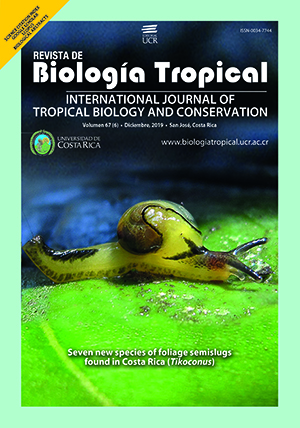Abstract
Population status of the The Apolinar’s Wren Cistothorus apolinari (Passeriformes: Troglodytidae) in seven wetlands of the Sabana de Bogotá, Colombia. The Apolinar’s Wren Cisthotorus apolinari is an endemic species of the Eastern Cordillera of Colombia currently classified Critically Endangered (CR) at the national level and Endangered (EN) worldwide, mainly due to the degradation of wetlands, their primary habitat, and the parasitism of the nests. There are few studies on the population status of this species over time in the wetlands of Sabana de Bogotá, the only inhabited areas in recent years. This paper presents the results of the monitoring carried out between June 2014 and January 2015 in seven wetlands of Sabana de Bogotá in which historical records have existed. Employing counting points and auditory censuses, the abundance of the Swamp Wren was recorded, the vegetation cover where the individuals were recorded and the abundances of Chamon Molotrhrus bonariensis. There were 63.6 hours of observation in 35 visits and 88 counting points, with nine records of C. apolinari between Tibanica, La Florida and Gualí, mainly associated with reed Schoenoplectus californicus. After an evaluation of possible biotic and abiotic factors present in the wetlands that determine the presence of the species in question, it was not found that one of them acted definitively in determining its existence, but trends are presented in some variables. These results seek to provide relevant information to contribute to the formulation of effective conservation measures for the protection of the species and its habitat throughout its distribution in the country.
##plugins.facebook.comentarios##

This work is licensed under a Creative Commons Attribution 4.0 International License.
Copyright (c) 2019 Sergio Chaparro Herrera






